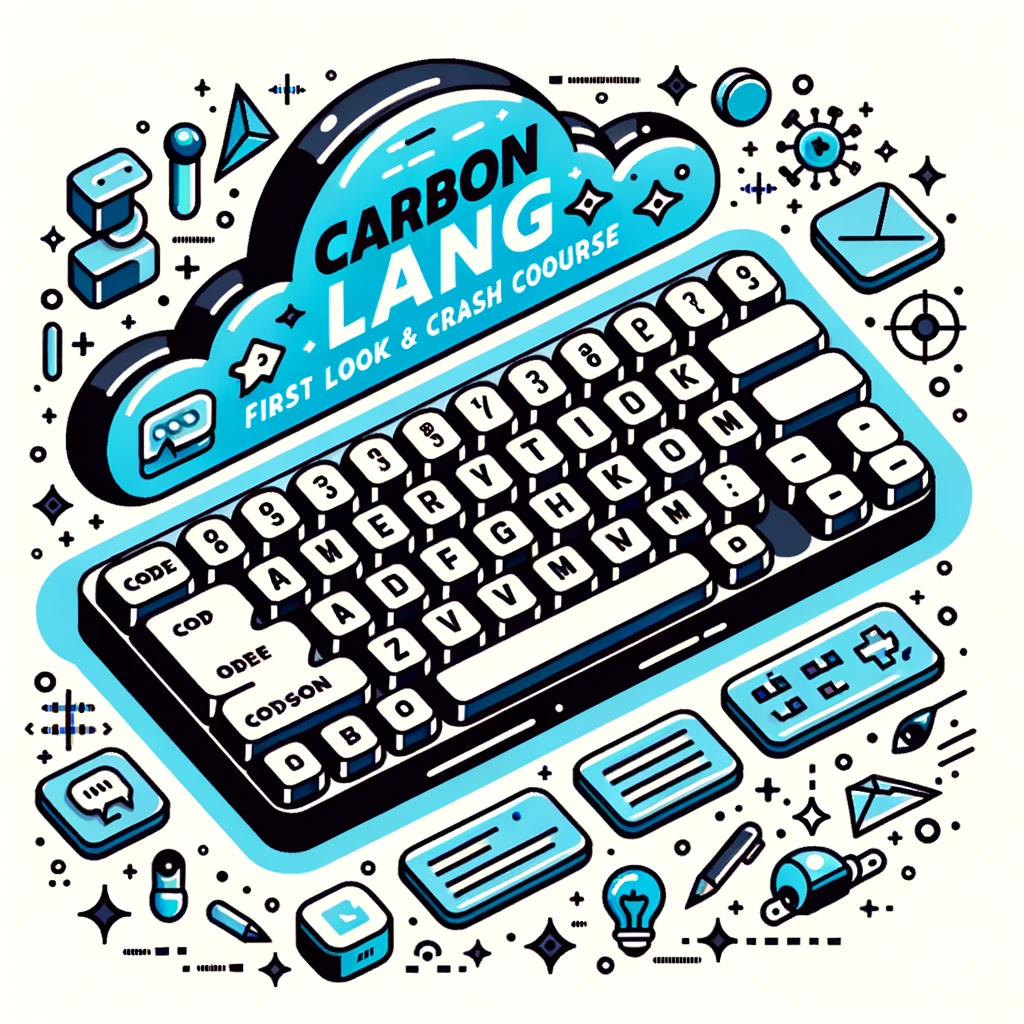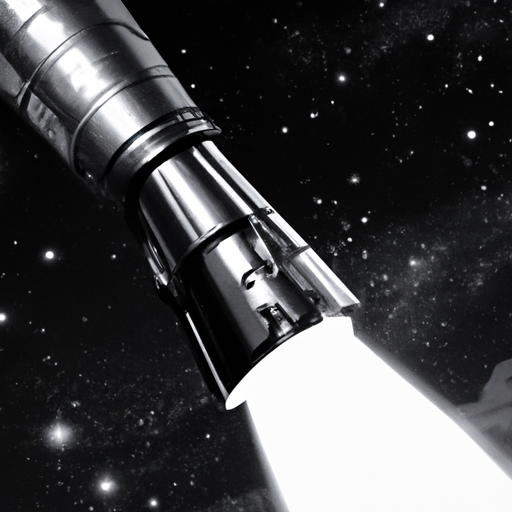In the video tutorial by Traversy Media titled “Build An AI Image Generator With OpenAI & Node.js,” you will learn how to create your very own AI image generator using OpenAI and Node.js. The project utilizes the DALL-E model to generate images based on text input. The tutorial covers all the necessary steps, from setting up and installing dependencies to creating an Express server, handling routes and controllers, making OpenAI library requests and responses, setting up the frontend, and displaying the generated image in the DOM. By the end of the tutorial, you will have a web app that can generate realistic images based on natural language descriptions using the power of machine learning and AI.
The author provides a thorough walkthrough of the entire process, using Node.js with the OpenAI Node package for the backend and HTML, CSS, and vanilla JavaScript for the frontend. They demonstrate how to set up the server, obtain the API key, create routes and controllers, configure the OpenAI library, handle error situations, and generate images based on user input. With their examples and explanations, you’ll be able to replicate the project and explore the fascinating world of AI image generation with OpenAI and Node.js.
Understanding the Project
Concept of the project
The main concept of this project is to create a web application that utilizes machine learning and AI to generate realistic images based on entered text. The project employs the DALL-E model from OpenAI, which is capable of creating images from scratch using natural language descriptions.
Utilizing machine learning and AI
Machine learning and AI are the key technologies used in this project. The DALL-E model is trained using these technologies to understand and generate images based on user prompts. It combines the power of deep learning and natural language processing to create high-quality images that are indistinguishable from real ones.
Components of the project
The project consists of both backend and frontend components. The backend is built using Node.js and Express.js, while the frontend is designed with HTML, CSS, and JavaScript. The backend handles the image generation process by making requests to the OpenAI API, while the frontend renders the generated images and provides user interaction through a form.
Backend and frontend elements
The backend of the project is responsible for handling routes and controllers. It sets up an Express server, manages route configurations, and communicates with the OpenAI API to generate images. On the other hand, the frontend is responsible for designing the user interface, managing form submissions, and displaying the generated images on the webpage.
Variety of images that can be generated
The project allows for a wide variety of images to be generated based on the text prompts entered by the user. Users can enter any natural language description, and the DALL-E model will create an image that matches the description. This enables users to be creative and generate images according to their preferences and imagination.
Setup and Installation
Setting up dependencies
To begin with, you need to set up the necessary dependencies for the project. These dependencies include Express, the OpenAI library, and dotenv for managing environment variables. You can install them using npm (Node Package Manager).
Initializing Express
Once the dependencies are installed, you need to initialize Express in your project. This involves requiring the Express module and creating an Express app instance. Additionally, you can set up environment variables using dotenv to manage things like the server’s port number.
Obtaining and using OpenAI API key
To use the OpenAI API, you need to obtain an API key from the OpenAI website. The API key is used to authenticate your requests and access the DALL-E model. You need to configure the openai library with this API key and other necessary details.
Creating the Express Server
Introduction to Express server
The Express server is a web server framework for Node.js that simplifies the process of building web applications. It provides a set of methods and tools that make it easy to handle HTTP requests, create routes, and manage middleware.
Steps to set up the server
To set up the Express server, you first need to create an instance of the Express app. This is done by requiring the Express module and invoking the express function. Then, you can start the server by calling the listen method on the app object and passing in the desired port number. Finally, you can add functionality to the server by creating route handlers and middleware.
Managing Routes and Controllers
Creating routes folder
To organize the code, it is a good practice to create a separate folder for handling routes. This folder will contain all the route files that define the endpoints and their corresponding handlers.
Connecting routes file in index.js
To make use of the routes, you need to connect the routes file in the main index.js file. This can be done using the app.use() method provided by Express. Simply require the routes file and pass it as an argument to app.use().
Creating and exporting router
In the routes file, you can create an instance of the Express router by invoking express.Router(). The router object can then be used to define the routes and their corresponding handlers. Finally, export the router object using module.exports.
Creating a controllers folder and files
To separate the route logic from the routes file, it is a good practice to create a separate folder for controllers. This folder will contain the controller files that define the logic for each route handler.
Making OpenAI Library Requests and Responses
Understanding API structure
To make requests to the OpenAI API, you need to understand its structure. The API expects a POST request with specific parameters, including the prompt (text description), the image size, and the API key for authentication.
POST request route creation
In the router file, create a POST request route that corresponds to the desired endpoint. This route will be responsible for receiving the user’s input and making a request to the OpenAI API.
Handling responses with OpenAI library
Once a response is received from the OpenAI API, the response data can be accessed and handled using the openai library. This library provides methods and tools for working with the response data, such as extracting the image URL and handling errors.
Building the Frontend
Designing with HTML, CSS, and JavaScript
The frontend of the project is responsible for designing the user interface using HTML for markup, CSS for styling, and JavaScript for interactivity. You can use these technologies to create forms, display images, and handle user input.
Managing form submission
One of the key functionalities of the frontend is to manage form submission. This involves capturing the user’s input from the form, sending it to the backend for processing, and rendering the generated image on the frontend.
Rendering generated images on frontend
After the image is generated by the backend, it can be rendered on the frontend. This can be done by dynamically updating the HTML markup and setting the appropriate source URL for the image element.
Image Generation Process
Creating images with OpenAI library
The image generation process is handled by the openai library, which communicates with the OpenAI API. The library uses the user’s text prompt to generate an image based on the DALL-E model. The generated image is then returned as a response.
Extracting image URL from response data
The response data from the OpenAI API includes the generated image URL. This URL can be extracted from the response data array and used to display the image on the frontend.
Handling errors
Error handling is an important aspect of the image generation process. The openai library provides methods for handling errors, such as content policy violations or other issues that may arise during the API request. It is important to log any errors that occur to ensure smooth operation of the application.
Image Size and Variations
Image size selection
The project allows users to select the size of the generated image. This can be done either by hardcoding the image size or by providing users with options to choose from, such as small, medium, or large.
Conversion of size parameter to pixel dimensions
To ensure consistency and proper image rendering, the size parameter needs to be converted to specific pixel dimensions. This conversion can be done based on the user’s selected size using a ternary operator.
Process of creating image variations
In addition to generating a single image, the project also allows for the creation of image variations. This can be achieved by passing different prompts or parameters to the OpenAI API, which will result in different images being generated. The variations can add creativity and uniqueness to the generated images.
Improvisations and Advancements
Editing or modifying existing images
The project can be expanded to include the ability to edit or modify existing images. This can be achieved by providing additional functionalities, such as image manipulation tools or filters, which allow users to customize the generated images based on their preferences.
Factors affecting image quality
The quality of the generated images can vary based on several factors. These factors include the availability and quality of the training data used by the DALL-E model, the complexity of the text prompt provided by the user, and the size and resolution of the generated image. It is important to consider these factors to optimize the image generation process.
Experimental possibilities with OpenAI tools
The project provides a foundation for exploring various experimental possibilities with OpenAI tools. Developers can leverage the power of AI and machine learning to create innovative applications beyond image generation. OpenAI offers a range of models and libraries that can be used to build cutting-edge AI applications in fields such as natural language processing, computer vision, and more.
Conclusion
Summarizing the project
In conclusion, this project demonstrates the use of machine learning and AI to generate realistic images based on natural language prompts. It incorporates the DALL-E model from OpenAI and utilizes Node.js and Express.js for the backend, and HTML, CSS, and JavaScript for the frontend. The project allows users to enter text prompts, select image sizes, and generate high-quality images in real-time.
Insights on the use of AI and OpenAI
Through this project, we gain valuable insights into the power and capabilities of AI and machine learning. We witness how AI models like DALL-E can understand and interpret human-like descriptions and generate images accordingly. OpenAI provides a user-friendly API and libraries that make it accessible and easy to integrate AI into web applications.
Suggestions for future explorations
Moving forward, there are several areas for future exploration and improvement. One suggestion is to enhance the image editing capabilities, allowing users to modify and customize the generated images according to their preferences. Additionally, exploring different AI models and datasets can further improve the quality and diversity of the generated images.
Encouraging innovative use of technology
This project serves as a testament to the innovative use of technology and its potential for creating engaging and interactive applications. By harnessing the power of AI and machine learning, developers can push the boundaries of what is possible and provide users with unique and immersive experiences. Let this project inspire you to explore and experiment with the capabilities of AI and OpenAI in your future projects.










